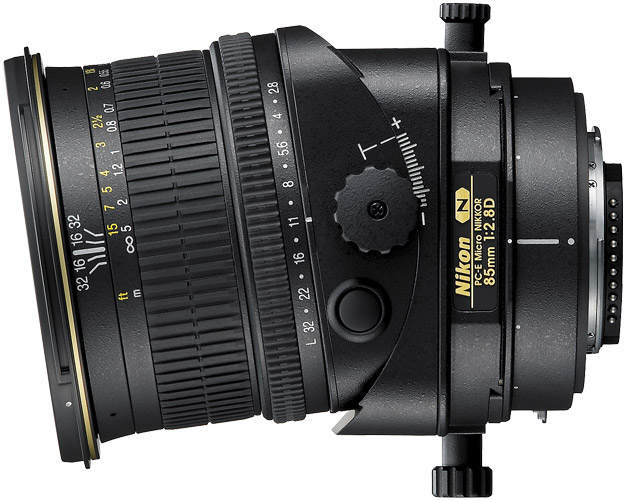EXCERPT page containing first few paragraphs. 2024-04-24 22:02:43
UA_SEARCH_BOT_compatible_botmozilla/5.0 applewebkit/537.36 (khtml, like gecko; compatible; claudebot/1.0; +claudebot@anthropic.com) @ 18.221.239.148
For full access, subscribe here. Or click title to login. ![]()
Shift (Rise and Fall), and Tilt / Swing
A shift movement maintains plane-parallel alignment to the imaging plane by offsetting the image circle to the sensor/film; the sensor “sees” a different portion of the image circle. Of course, any field curvature in the lens tweaks that ideal; it is always best to recheck focus in the shifted position.
Generically speaking, 'shift' means any such plane-parallel lens or sensor movement, but it can be used to mean shifting the lens left or right, horizontally. Similarly, rise means shifting the lens up, and fall means shifting the lens down.
Rise and fall are extremely useful to maintain a parallel image plane to the subject, such as a building or tree. Also, deliberate camera placement for the desired geometric perspective is made possible by shift movement; by using shift the proper perspective can be maintained.
Article continues for subscribers...
Diglloyd Advanced DSLR is by yearly subscription. Subscribe now for about 16 cents a day ($60/year).
BEST DEAL: get full access to ALL 8 PUBLICATIONS for about 75 cents a day!
Diglloyd DAP is DSLR-oriented, but also contains workflow and other topics. Much of the focus is on Canon and Nikon but also Pentax and Pentax medium format.
Special emphasis is placed on lens evaluation, focusing on Canon and Nikon and Sigma lenses, but with a few others like Rokinon/Samyang.
- Make better images by learning how to get the best results right away.
- Save money by choosing the right lens for your needs the first time, particularly some of the new Sigma Art lenses vs Nikon and Canon.
- Workflow discusses image organization, raw conversion and post processing. Many examples show processing parameters for direct insight into how the image was converted.
- Jaw-dropping image quality found nowhere else utilizing Retina-grade images up to full camera resolution, plus large crops [past 2 years or so].
- Real world examples with insights found nowhere else. Make sharper images just by understanding lens behavior you won’t read about elsewhere.
- Aperture series from wide open through stopped down, showing the full range of lens performance and bokeh.
- Optical quality analysis of field curvature, focus shift, sharpness, flare, distortion, and performance in the field.
Want a preview? Click on any page below to see an excerpt as well as extensive blog coverage, for example on Nikon or on Canon or on Pentax.

Nikon 85mm f/2.8D PC-E Micro Nikkor

